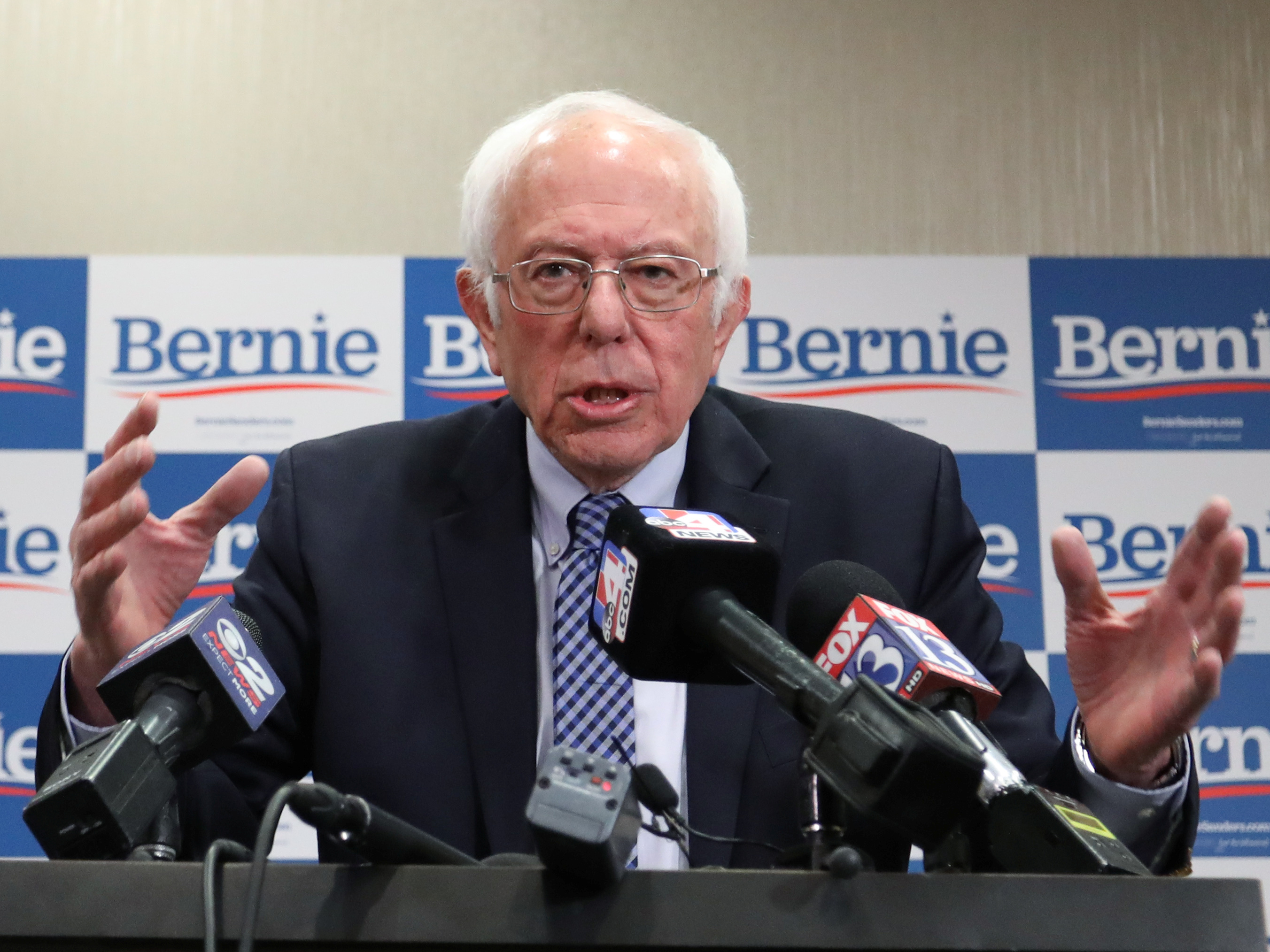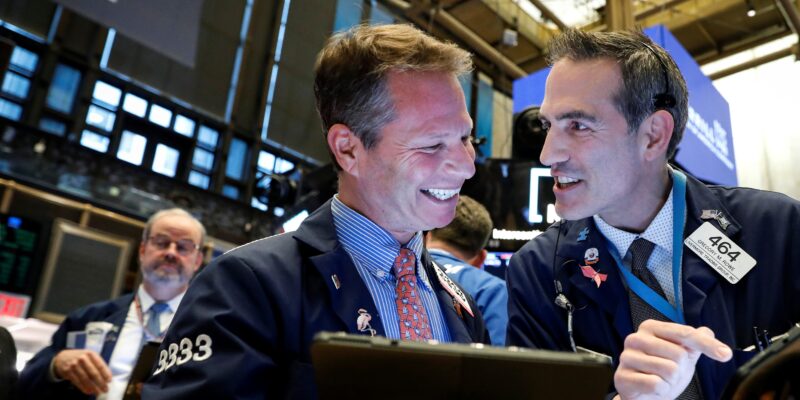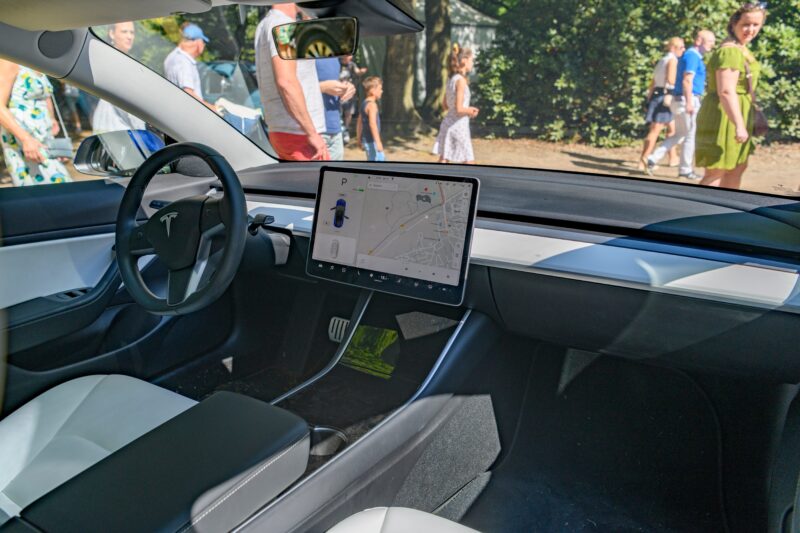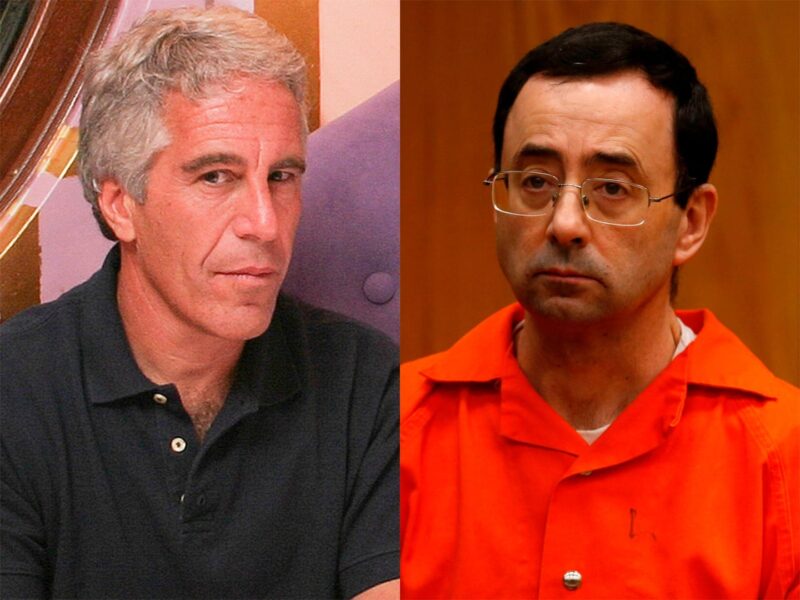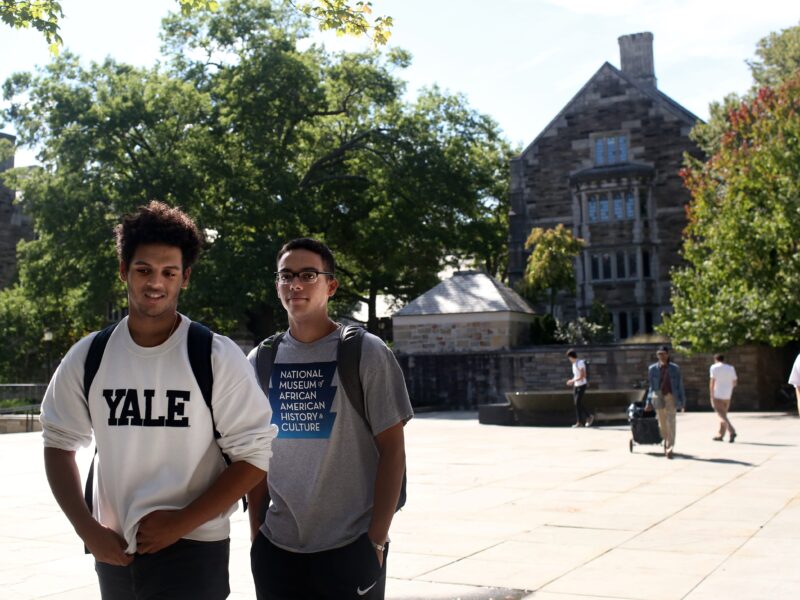- Statistics and electoral history show that Sen. Bernie Sanders’ reliance on the youth vote actually hurts the chances that Democrats will beat President Donald Trump.
- Visit Business Insider’s homepage for more stories.
Sen. Bernie Sanders of Vermont kept open his path on Super Tuesday to becoming the eventual Democratic nominee for president.
After a strong showing in California (though the result was still too close to call at the time of writing), he is likely to end up as the only real competition to former Vice President Joe Biden.
Sanders’ supporters believe the platform of the self-described democratic socialist – who a series of polls have indicated has a chance of beating President Donald Trump – could sweep him to power on a wave of excitement from younger voters.
There is just one problem: Young people don’t vote.
At least, not in the numbers required to overcome the massive preference of older voters for more conservative candidates.
Here is how Americans voted in the 2016 presidential election, broken down by age group, according to a survey of 24,537 respondents published by Statista. Though younger voters break decisively for a Democratic candidate, older voters skew Republican:
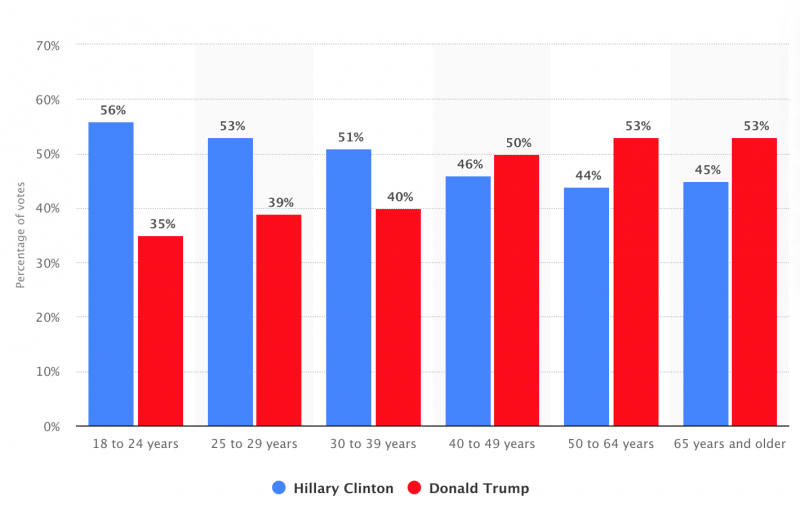
That's a problem when you look at US Census data to compare turnout among the age groups. Only 46.1% of voters under 30 actually bother to vote, while more than 70% of retirement-age voters make it to the polls:
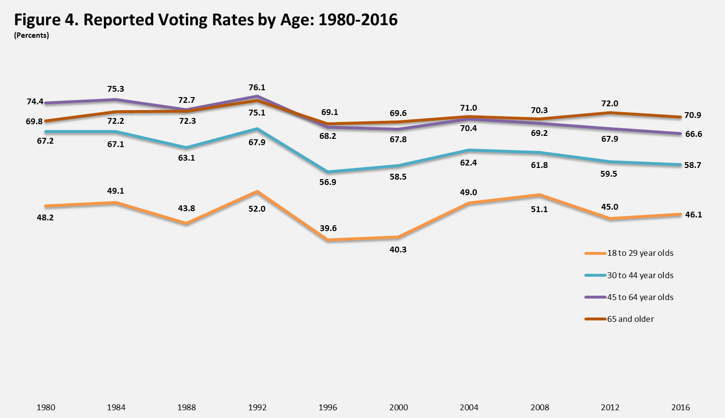
By some calculations, Sanders would need an unprecedented increase in the youth vote of 11 percentage points to overcome the age-based advantage that Trump has entering the 2020 election.
About 54.4% of all younger voters would need to show up on the day for that to happen - and it never has - according to this persuasive analysis by Vox.
So much for the speculative data. Has anything like this happened in real life?
History may be repeating itself
Well, in 2019, something similar happened in the UK, where the Labour Party ran a democratic socialist - Jeremy Corbyn - against the Conservatives' Boris Johnson. Labour, just like Sanders, was hoping for a "youthquake" at the ballot box.
It didn't happen.
Labour lost the election, with only a 32.2% share of the vote to the Conservatives' 43.6%.
One reason the defeat was so dramatic can be seen in this breakdown of votes by age, from Ipsos MORI. Young people voted Labour, for sure. But older voters remain solidly Conservative:
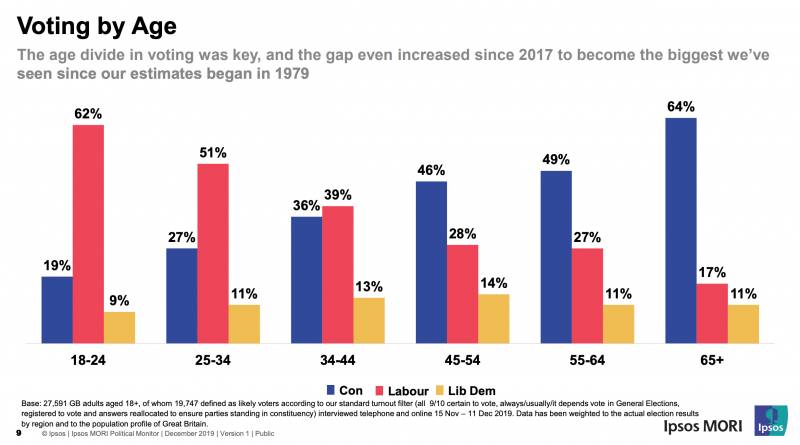
Notably, that chart looks a lot like the American one for Hillary Clinton versus Trump in 2016.
The problem for left-wing candidates is exacerbated by low turnout rates among the young. Here is who actually voted in the 2019 UK election, according to Ipsos MORI:
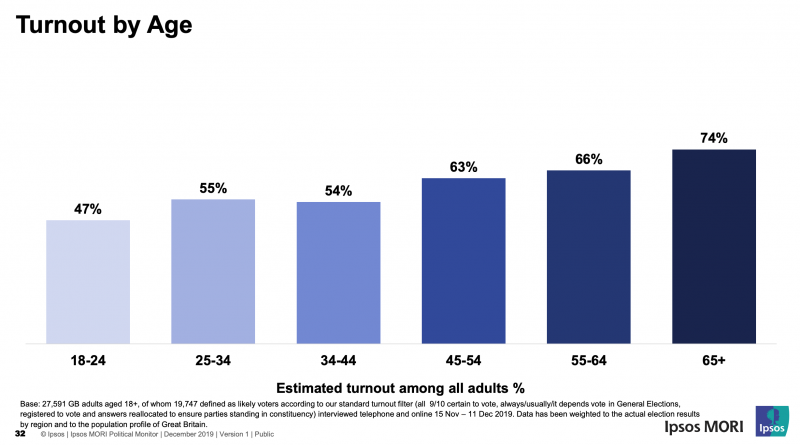
Older voters have a 27-point advantage in turnout over younger ones, in the UK. The equivalent stat is 24.8 points in the US, according to the census.
This parallel between Sanders and Corbyn is one of the reasons establishment Dems are terrified of the prospect of Sanders becoming the nominee.
He may win a commanding number of votes within the Democratic Party, but those voters are hardcore Dems who skew younger than the actual electorate.
Party grandees are afraid Sanders would do to the Democrats what Corbyn did to Labour, on the delusion that young voters would propel the candidate to power.
In fact, it is right-wing, older voters who actually decide elections.

